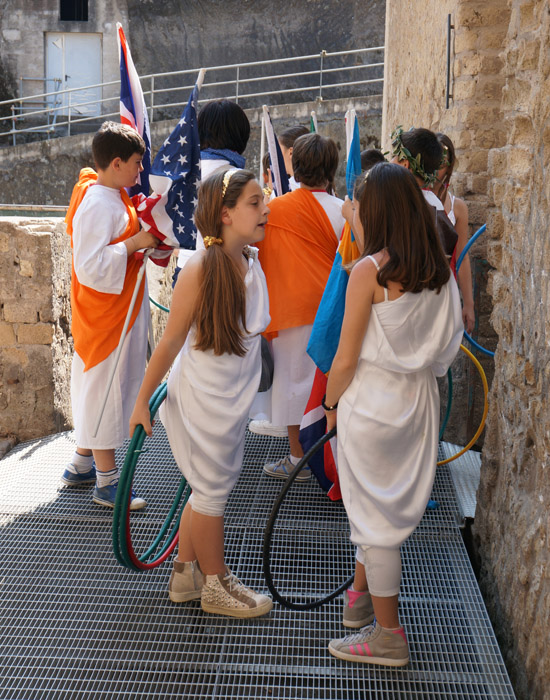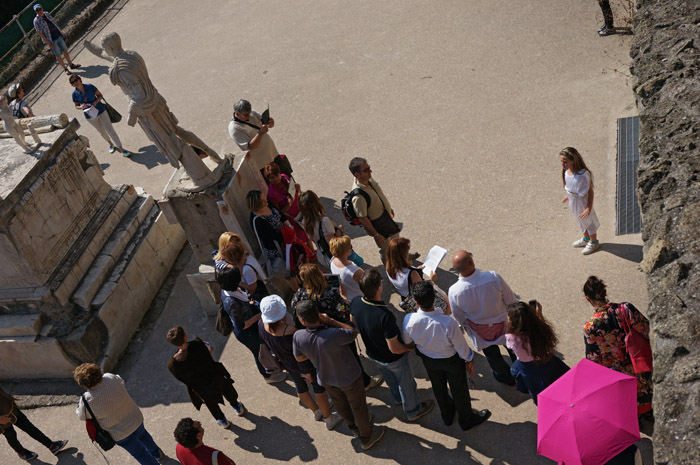

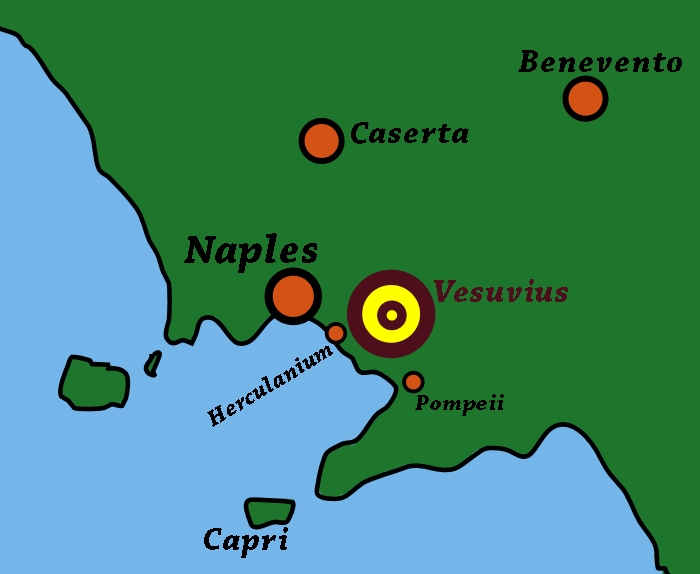
Pompeii
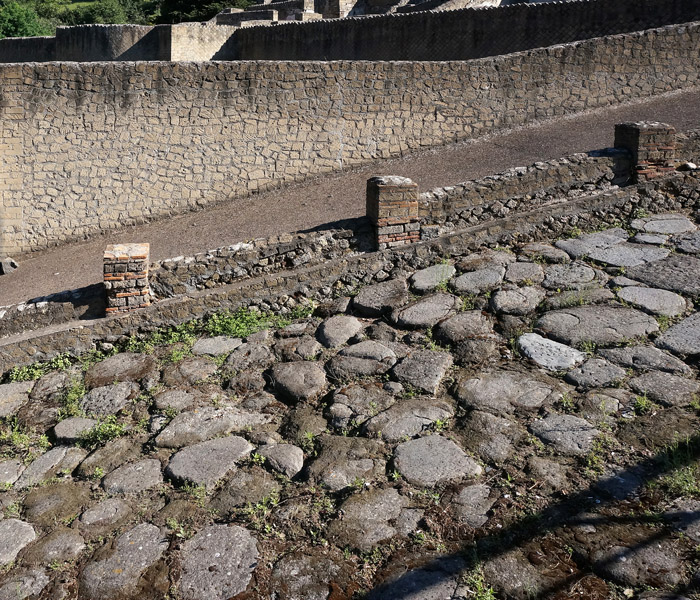
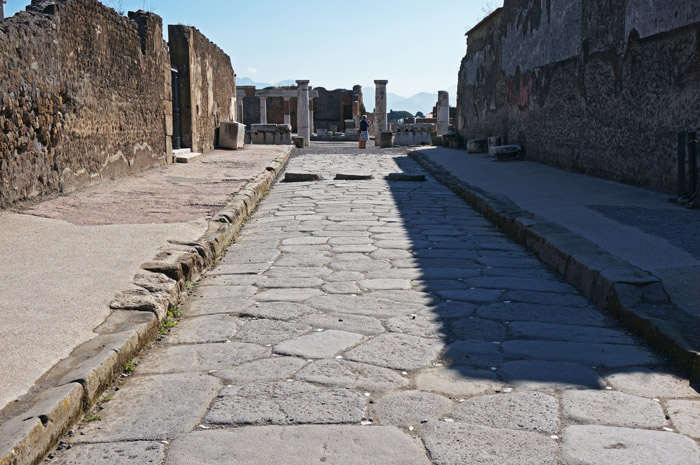
Pompeii, an ancient Roman city, was buried under ash from the August 79 AD eruption of Mount Vesuvius. There were many other towns in the area that were also destroyed.
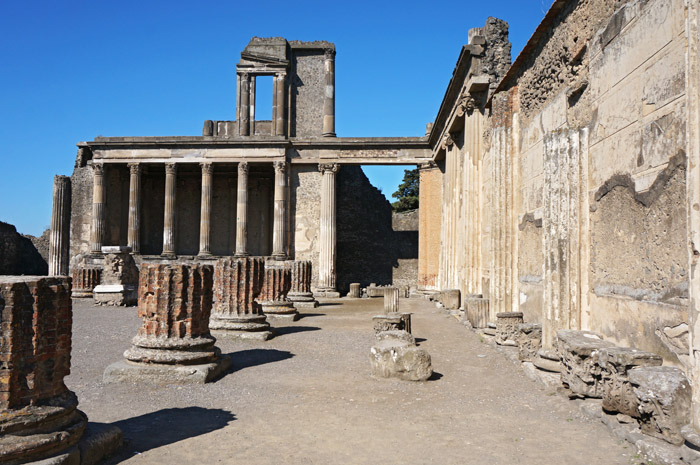
Shown above and below is the Pompeii basilica. A basilica, then, was a substantial public building where, typically, legal matters could be transacted. For trials, the magistrates were usually on the elevated stage shown below. When Christianity become the the Roman state religion, a number of Roman basilicas, over time, were converted to churches.
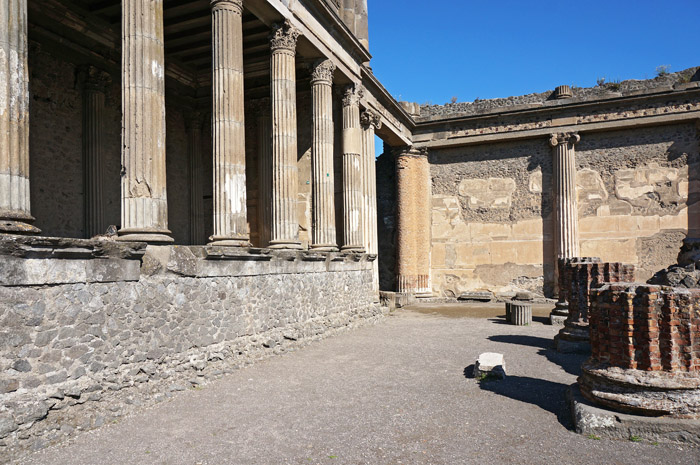
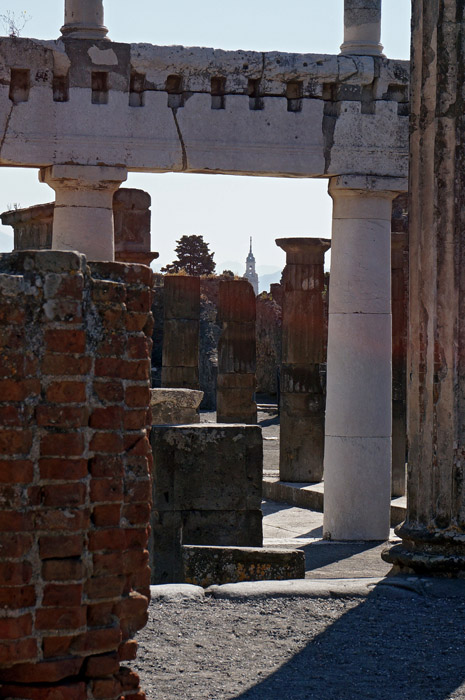
The population of Pompeii was about 20,000 in 79 AD. Pompeii, at that time, was a port city, but also was a favorite vacation spot for rich Romans. The very rich vacationers would also likely have built their own villa retreats.
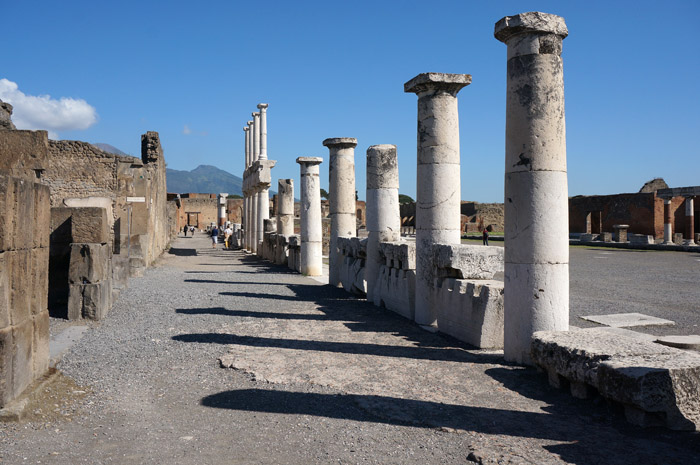
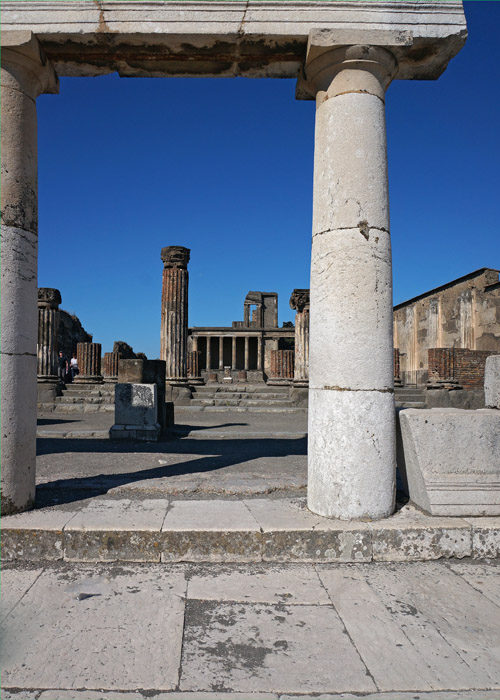
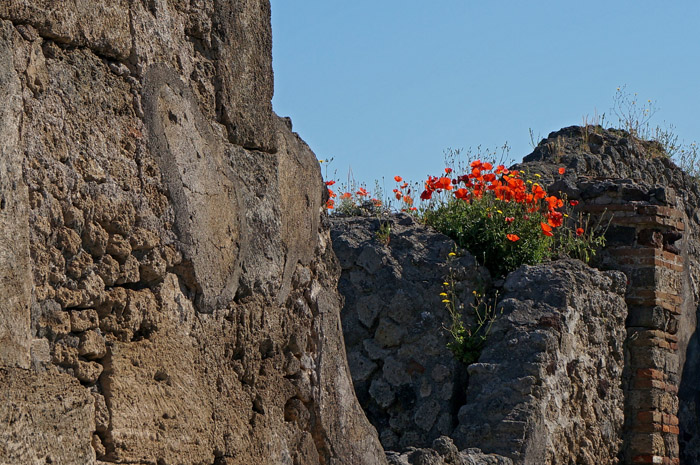
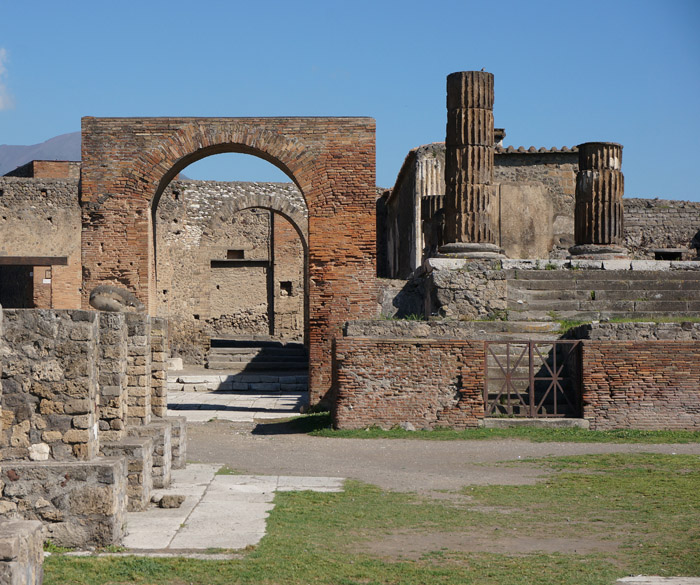
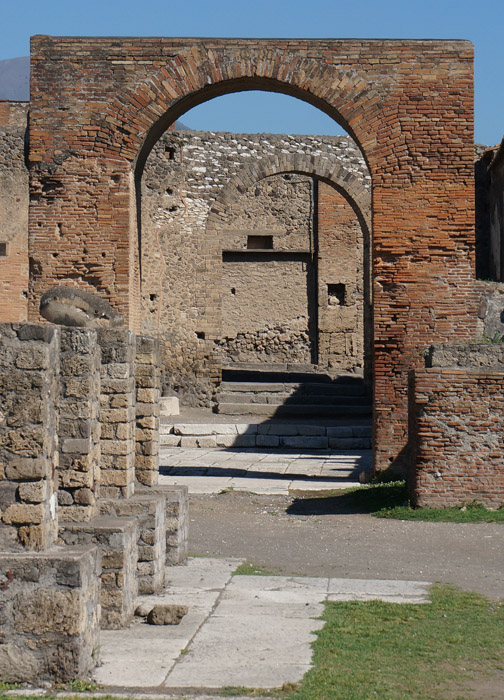
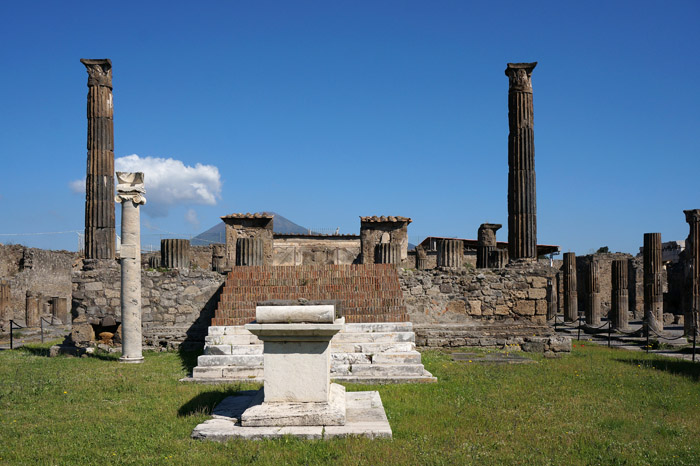
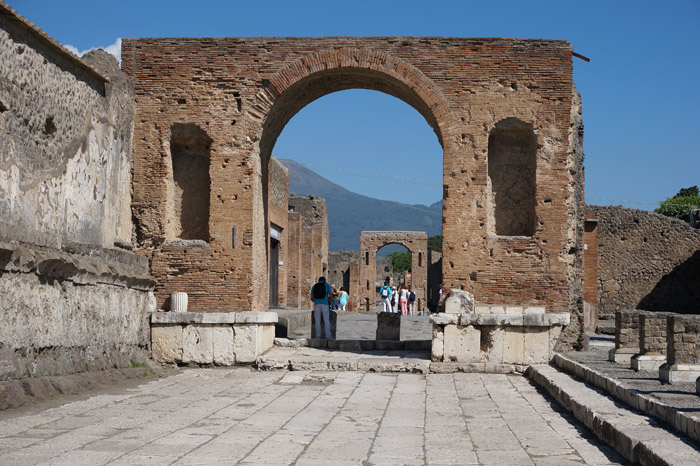
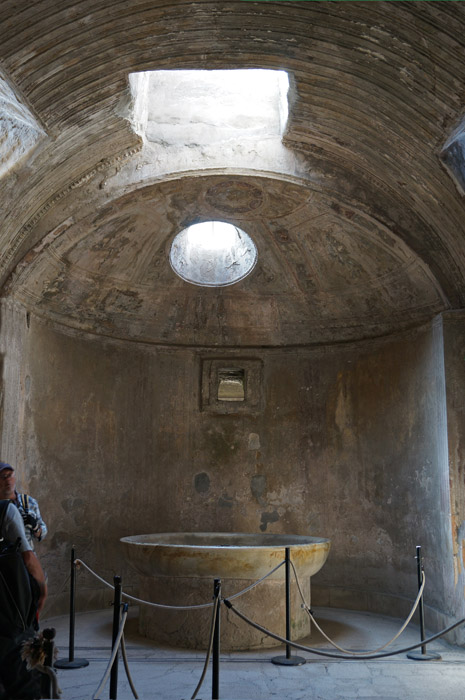
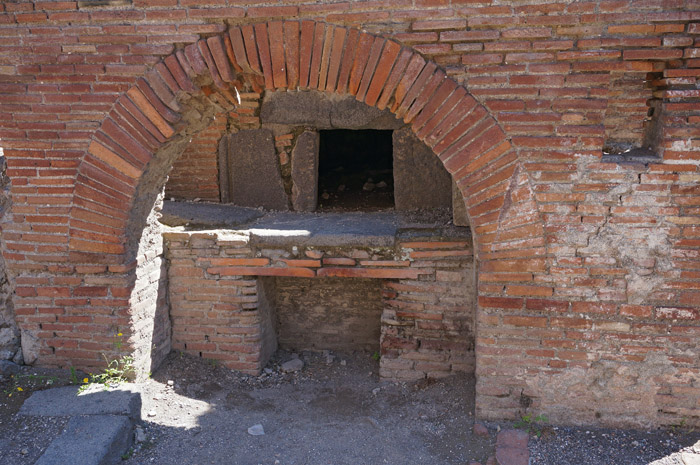
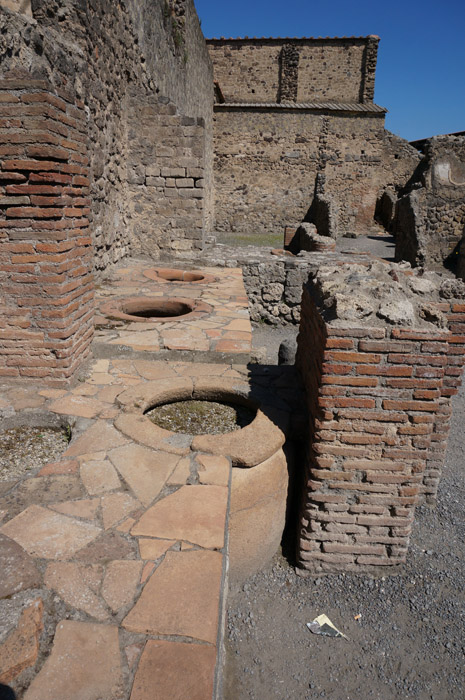
The Roman fast-food establishment
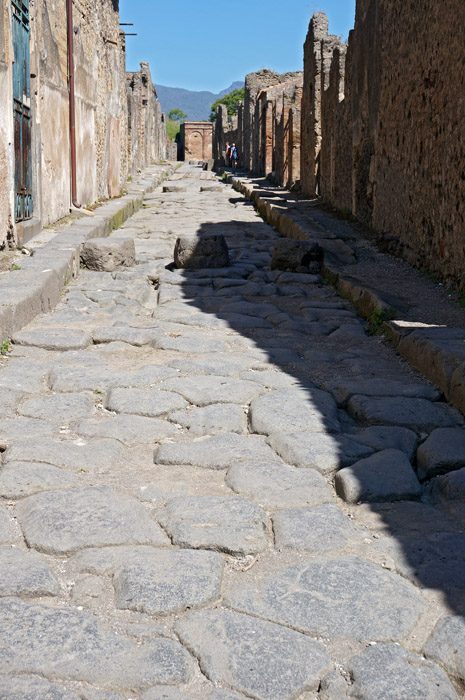
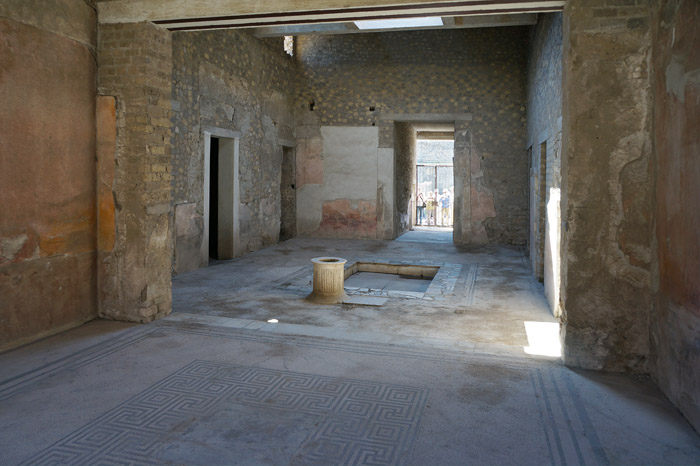
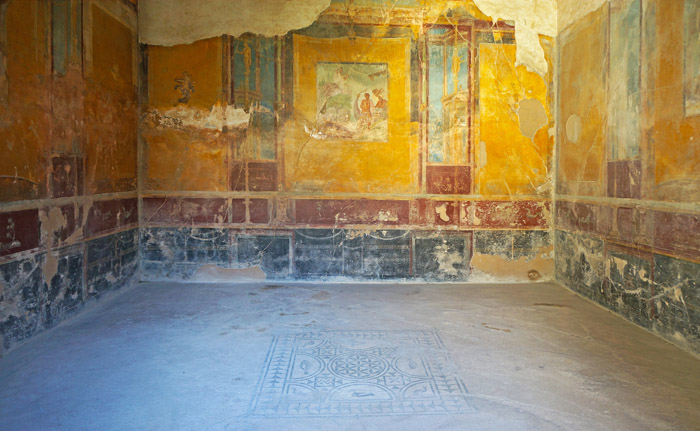
Roman wall art was extensively used in well-to-do Roman homes. Brilliant colors and varied scenes can be found, these included Greek history, vulgar art and pastoral representations. A number of the renditions show a linkage with historical Etruscan art.
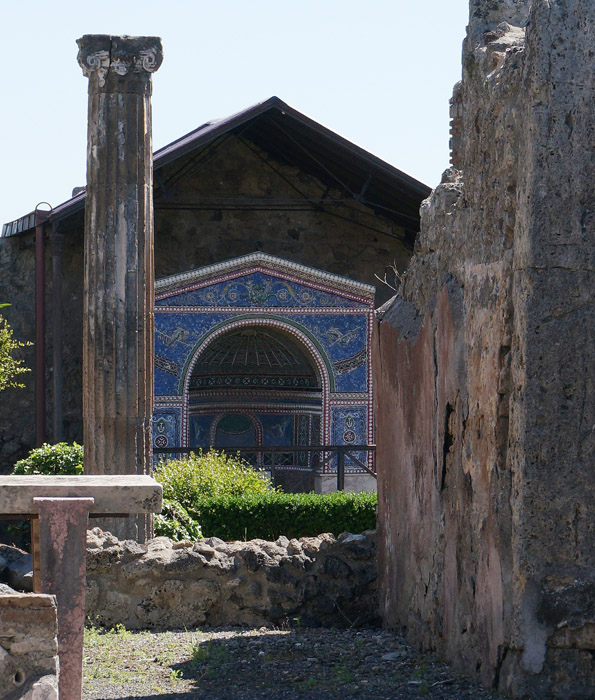
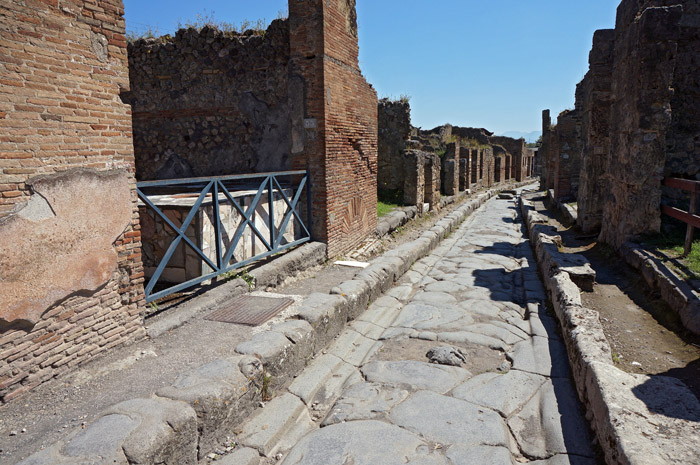
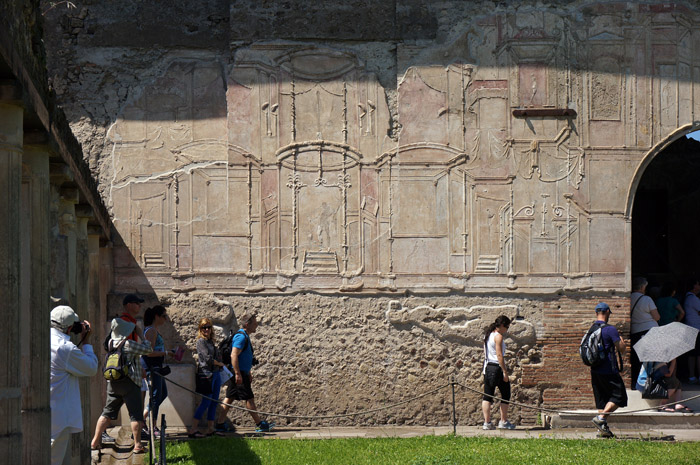
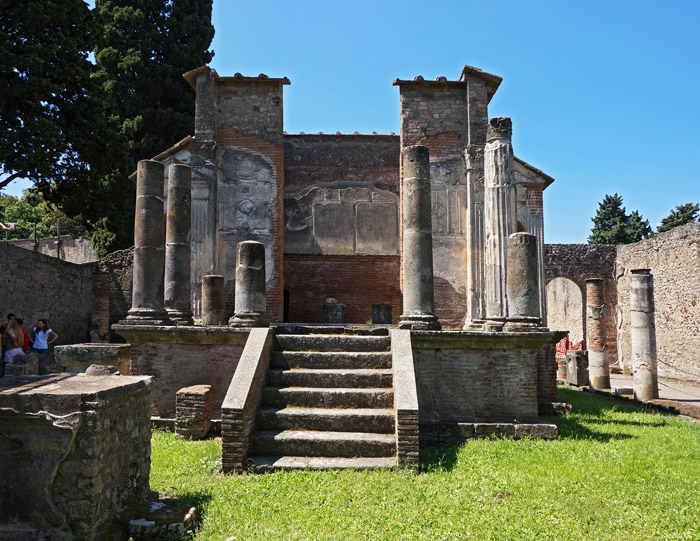
The temple above is typical Roman. The difference between Roman and Greek temples can be seen. Roman temples accentuate the front entrance with significant step climbing required for access. The Roman temple is thus clearly elevated, note the high pedestal. Greek temple are on a lower base. Roman temples typically are colonnaded only in the front, Greek temples are typically colonnaded around the whole structure.
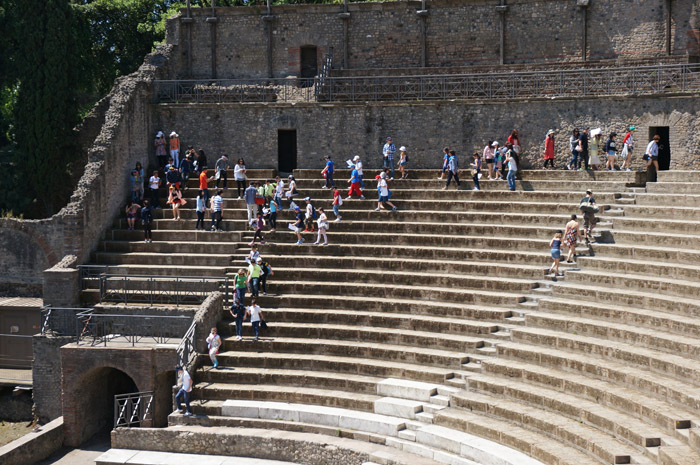
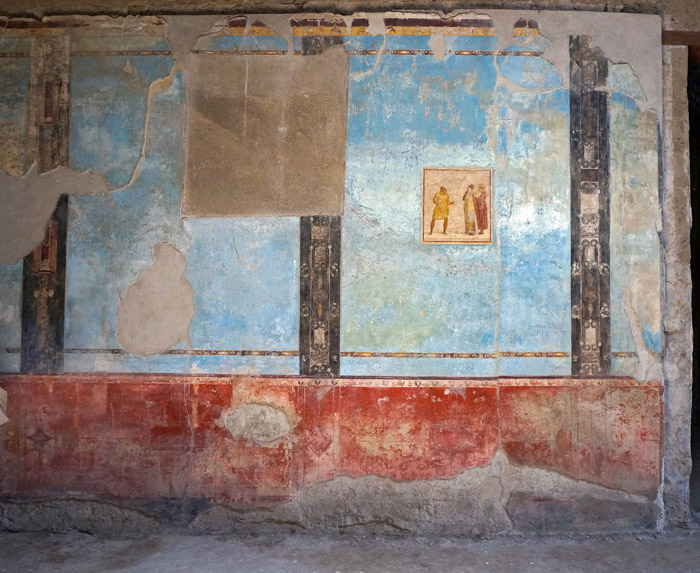
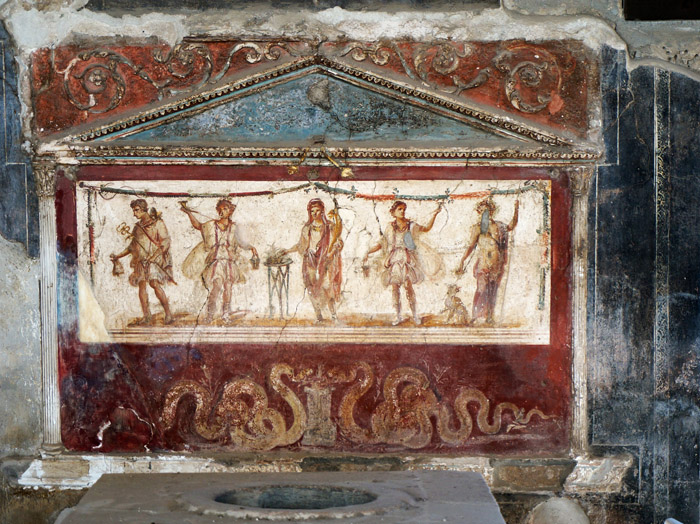
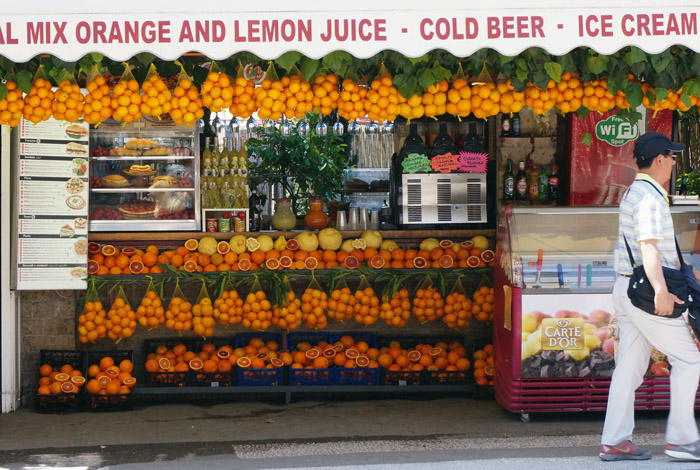

Herculaneum
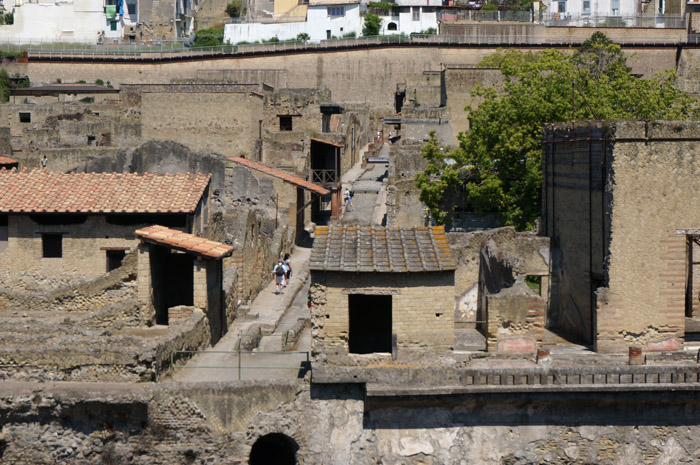
Herculaneum was another town destroyed in the 79 AD eruption of Mount Vesuvius. Unlike Pompeii, it was destroyed by molten lava flowing directly form Vesuvius. Because of this, the city is preserved differently than Pompeii in that the buildings are in better structural condition.
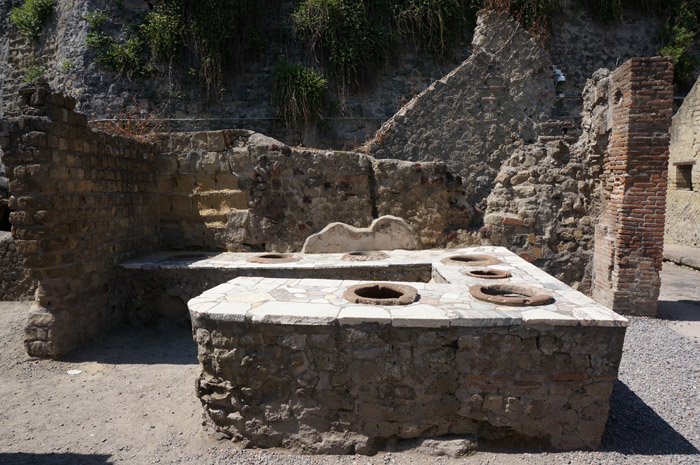
Herculaneum fast-food establishment
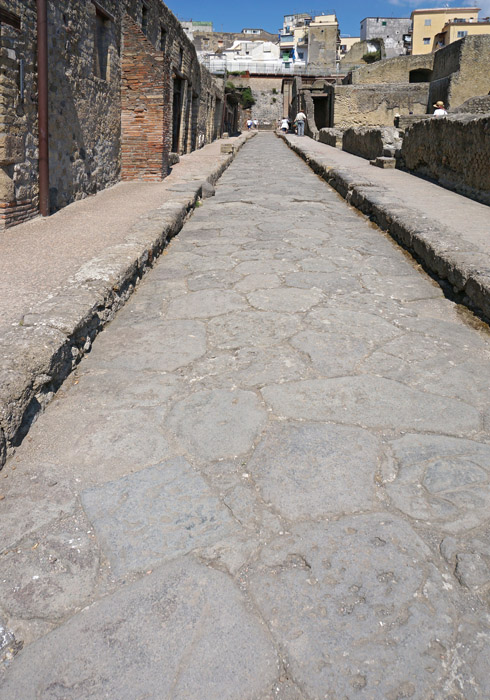
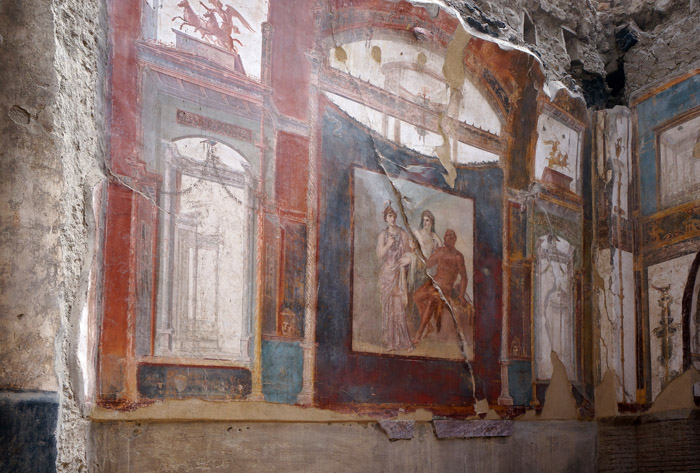
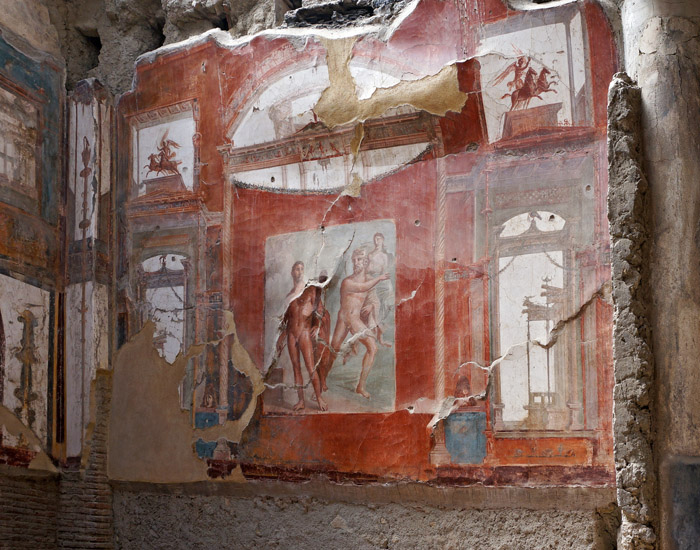
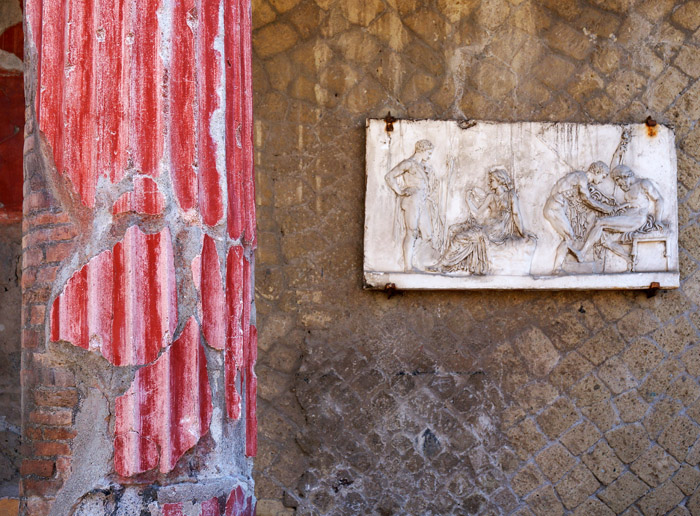
Man loves woman - kills husband
